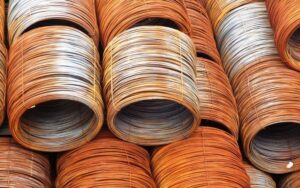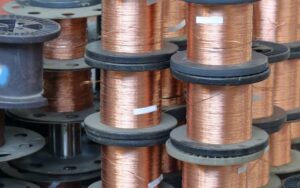A sensor is one type of device that helps in the detection of physical conditions by generating chemical electrical, mechanical, or optical signals. Conversely, sensors consist of transducers that are useful for converting energy into different forms. For its excellent usability, in multiple measuring systems and devices, biomedical sensors are crucial components.
Biomedical sensors are tiny but intelligent devices with which you can measure multiple physical variables, such as pressure, flow rate, velocity, and temperature. Therefore, to prepare multiple medical devices, sensors are vital, such as respiration pulse oximeters, digital blood pressure meters, digital thermometers, location sensors based on magnetic fields, and spirometers. Apart from biomedical sensors, other types of sensors can help to measure humidity, gas, light, electric fields, and so on.
Classification of Sensors:
Based on different parameters, sensors can be categorized differently. There are multiple types of sensors on the basis of the types, functions, applications, and placements.
Depending on the different functions, sensors can be mechanical, magnetic, optical, thermal, bio, semiconductor, electrochemical, and so on. According to the type, there are different sensors, such as blood oxygen sensors, ECG sensors, pressure sensors, image sensors, blood glucose sensors, inertial sensors, temperature sensors, motion sensors, etc. If we consider the application area, sensors can be grouped as medical therapeutics, diagnostics, wellness, monitoring, fitness, and imaging sensors. There are also strip sensors, ingestible sensors, implantable sensors, wearable sensors, and invasive/non-invasive sensors based on the placement of the sensors.
Biomedical Sensors:
Biomedical sensors have substantial applications in medicine and biotechnology for the detection of particular biological, physical, and chemical processes in our body through the transmission of monitored data and reporting them. In order to build the systems, such as the lab-on-a-chip devices that help to examine the clinical samples, sensors are necessary.
In modern days, to measure blood flow, muscle displacement, bone growth velocity, core body temperature, cerebrospinal fluid pressure, and blood pressure, the demand for biomedical sensors is growing. Another reason for increasing the demand for medical instruments that involve biomedical sensors is the increase in the implementation of home healthcare services by the people. Miniature coils are the essential parts of these sensors. However, it is not easy to produce such miniature coils. Manufacturers need to produce these coils in large quantities, and they should also maintain the high standards for the coils.
Applications of the Biomedical Sensors:
You can use micro-coils for multiple purposes. When it comes to building navigation components for disposal catheters, micro-coils play a crucial role. For example, to prepare the cardiovascular catheters for performing cardiac ablation, micro-coils are essential. The major applications of biomedical sensors are-
- In order to record data to and from the miniature implants, and for controlling and monitoring the transfer of data, micro-coils are essential.
- Micro-coils provide the required energy for electrical charge input or battery charging so that the implants can activate and operate the systems.
- Micro-coils play crucial roles in multiple medical treatments, such as electromagnetic radiation-based treatments, heat treatments, and radiating energy for RF treatments.
- By using local and external magnetic fields, micro-coils help in in-vivo magnetic navigation.
Micro-coils have also created an enormous number of new possibilities for modern medical devices. However, the manufacturers should be able to conduct mass production and offer effective standards and reasonable prices for the coils.
Challenges:
The physical size constraint and environmental factors create multiple challenges for the production of the micro-coils. To deal with the size constraint, manufacturers should use 59 AWG or 9 microns diameter wires in the manufacturing process. Compared to the diameter of a human hair, the diameter of these wires is 5 to 10 times smaller. Therefore, to handle these wires, manufacturers need specialized and customized machinery. On the other hand, to deal with a long list of environmental challenges, manufacturers should maintain strict tolerance requirements for the final products.
Most modern-day manufacturers have developed micro-machining technologies in-house to offer more than 1000 windings in a micro-coil within the size of the cross-sectional area of a needle. As a significant part of this manufacturing process is the ultra-fine wires connectivity, offering efficient connection is a significant challenge for the manufacturers. Thanks to thermo-compression bonding technology that is effective to offer extremely durable and reliable connections and get rid of the challenges with traditional methods.




